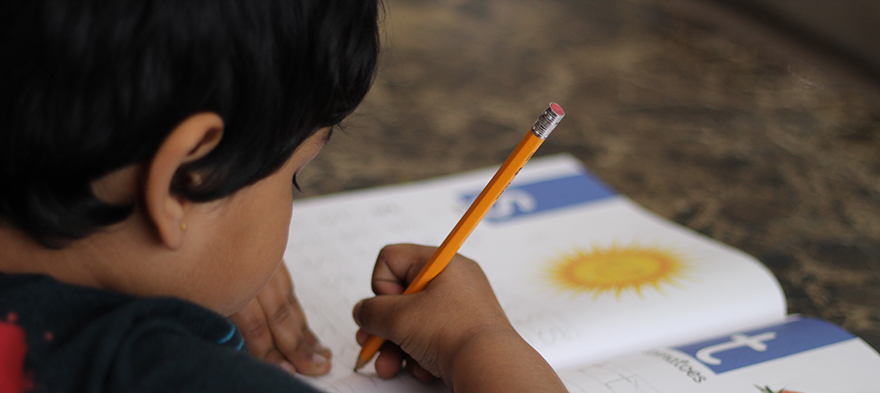
Sep 14, 2017 12:00:00 AM
by Joshua Baker
But don’t begin until you count the cost. For who would begin construction of a building without first calculating the cost... —Luke 14:28The first time I tried to buy an extra value meal at McDonald’s on my own, I placed exactly two dollars and 99 cents on the counter. I was a few days older than 13 at the time and could not wait to hand over part of my hard-earned allowance money for a Big Mac, fries and large Dr. Pepper. Only, I forgot the tax. Luckily, my dad was there to spare the extra 15 cents, but the lesson still remains—[pullquote position="left"]what I thought was good enough was only the minimum price[/pullquote]. You always have to add the tax. It is the tax that makes teaching complex. And difficult. And tiring. The tax of lesson-planning, attendance-taking, cafeteria duty, back to school nights and other duties as assigned can press teachers and administrators into a ‘good enough’ mindset. No, this article is not about how we are not doing enough as teachers or a backdoor appeal to educational perfectionism. What I think is important for all teacher leaders, instructional coaches, administrators and district leaders to consider is the cost of good enough. What does good enough look like in practice?
The story you tell yourself about your own math ability tends to become true. This isn’t some Oprah aphorism about attracting what you want from the universe. Well, I guess it kind of is, but...
If you have a child with disabilities, you’re not alone: According to the latest data, over 7 million American schoolchildren — 14% of all students ages 3-21 — are classified as eligible for special...
The fight for educational equity has never been just about schools. The real North Star for this work is providing opportunities for each child to thrive into adulthood. This means that our advocacy...
Your donations support the voices who challenge decision makers to provide the learning opportunities all children need to thrive.
Ed Post is the flagship website platform of brightbeam, a 501(c3) network of education activists and influencers demanding a better education and a brighter future for every child.
© 2020–2024 brightbeam. All rights reserved.
Leave a Comment